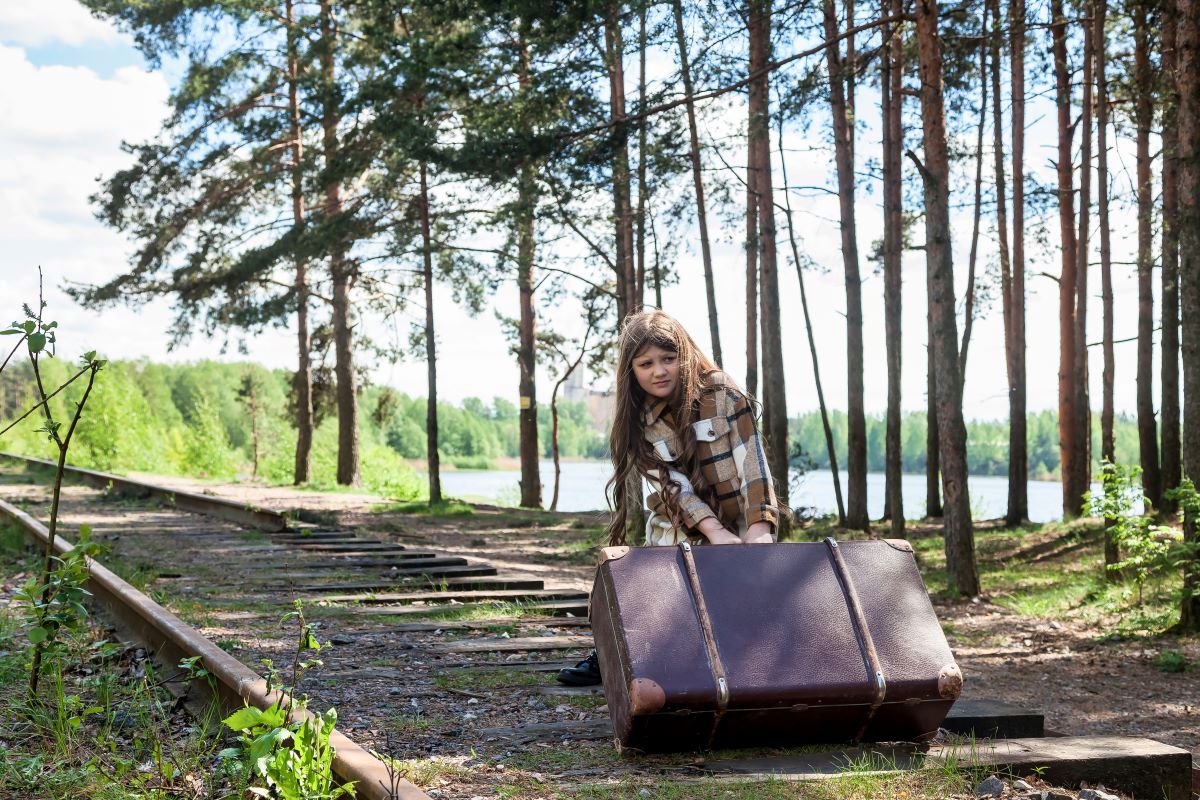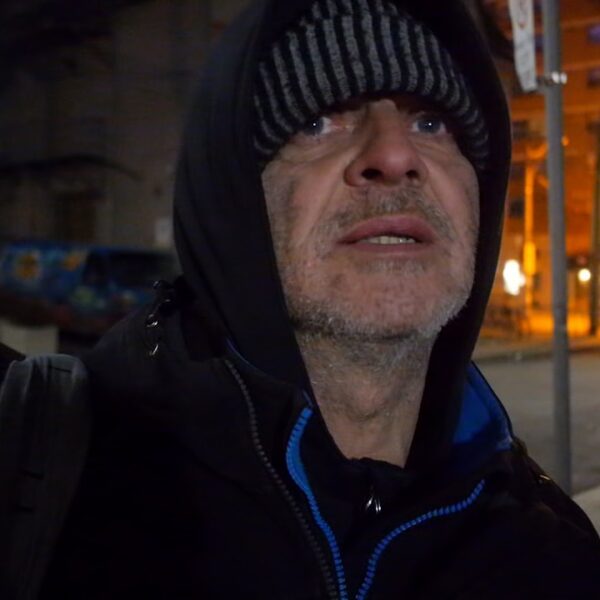Homelessness rarely gets the press it deserves.
When we do talk about it, this often happens in winter as empathetic readers imagine their fellow human beings freezing in sub-zero conditions. Maybe it’s the frost on the windows or the sparkle dancing across the frozen lakes, but there’s something about the winter season that inspires reflection.
According to the Washington Post, Americans get mighty generous come late December. But then, much like a snowman built on a winter day, that generosity suddenly vanishes.
What happens to the coat drives, the gift baskets, and the general sentiment of treating our fellow human beings with kindness? Why does this all seem to thaw come spring?
For people enduring the harsh reality of homelessness, the world is pretty cold all year round. It is arguably colder in the warmer months regarding social treatment and general dispositions.
Here’s a look at the not-so-seasonal obstacles homeless neighbors face on any given calendar day.
1) Lack of Freedom, Lack of Choice
When winter hits, unsheltered homeless individuals and families are subject to multiple relocations. They are sent to one warming center after the next, from homeless shelters to obscure motel rooms to pallet shelters, etc., before the system finally spits them back out on the streets.
It is perfect timing, after all. The PIT count is over, the snow has fully melted, and public empathy is null.
Enter spring, a season when our neighbors without walls still don’t get to make decisions on their own. People hand them the cheapest options when it comes to food, causing them to experience malnourishment and tooth decay. They also have very little control over where they will wind up next since they might have spent some of the winter nights in a shelter that’s not even open once the seasons change.
Summer brings about more of the same. A visibly homeless person can’t engage in exhilarating summer activities the same way that a housed person might. They can’t just hang around a strip mall or spend hours catching up with friends at a local water ice stand.
Everywhere they go, they are being shooed and shuffled to make way for the housed peoples’ festivities; for the block parties and the pope’s visits, for the county fairs, and the politicians’ parades. When the summer sun finally fades, there’s nothing like that first cold chill of autumn to remind them that the cycle shall begin anew for what feels like forever.
2) An Ever-Looming Threat of Danger
The winter season stirs a bit of primal fear. The threat of danger lies visibly encapsulated on the surface. There is ice, snow, and darkness. It is easy to express empathy for people who cannot escape that condition because they have no home and no safe haven from the winter weather.
When winter fades, that threat of ever-looming danger is still present.
Unsheltered homeless people are often violently attacked, assaulted, or even killed. They risk getting arrested for engaging in life-sustaining activities in public. They run the risk of dying if they don’t engage in those activities as well. Hazards appear out of nowhere. A car at an intersection could sideswipe a homeless person’s tent. An argument in an overcrowded emergency shelter could escalate to a physical altercation.
Then, there is the threat of contracting a life-threatening illness. For those without access to healthcare, a delayed diagnosis could make the difference between life and death. Speaking of access…
3) A Lack of Access
Regardless of the season, no matter the month or time of day, houseless community members lack access. They lack access to physical and mental health care, not to mention the transportation they need to make it to appointments or to go grocery shopping. They lack access to clean clothing, a hot iron, a washing machine, and much more.
Have you ever attempted to attend a job interview with no way to shower, let alone wash or press your clothes?
Homeless people lack access to sanitation facilities, and unhoused women lack access to feminine hygiene products. From toiletries to financial aid services, from cellphone chargers to Wi-Fi connections, homeless people are locked out of the world.
This predicament doesn’t end because it’s spring. It doesn’t change when the flowers bloom. As winter ends and the coat drives shut down, and the seasonal generosity dissipates, there are still 2.5 million children who will experience homelessness in any given year and 582,462 adults who will present as physically homeless on any given night.
This is America come summer, spring, winter, or fall.
Talk to Your Representatives About Protecting Homeless People and Preventing People from Becoming Homeless
The seasons will never be safe until every single American has a home. Pick up the phone and call or email your representatives. Ask them which laws they plan to pass to make housing a human right.












